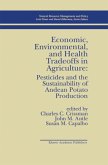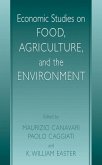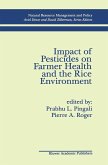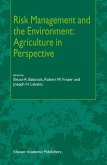Today the goal of designing highly productive, sustainable agricultural produc tion systems is at the forefront of the agricultural research agenda around the world. The key to designing sustainable agricultural production technologies is in understanding their economic, environmental, and human health impacts. This volume presents a methodology designed to quantify such impacts and to represent them as tradeoff's. We propose this tradeoff' methodology as an approach to accomplish two essential elements in achieving agricultural sustainability. First, the tradeoff's method is a key to the design of successful interdisciplinary research projects to assess sustainability of production systems. Second, the tradeoff's method provides a successful means to communicate research findings to policy makers and the public. To put this effort into perspective, we would like to explain its origins and reflect on its implications for conducting future research. In 1987, the Rockefeller Foundation commissioned a report that set out to ascertain why, in view ofthe extensive literatures on certain classes of agricul tural pollution, there had been few if any attempts to incorporate pollution externalities into the rather voluminous literature on the assessment of agricultural research impacts (Antle and Capalbo, 1988; see also Antle, 1994).
Hinweis: Dieser Artikel kann nur an eine deutsche Lieferadresse ausgeliefert werden.
Hinweis: Dieser Artikel kann nur an eine deutsche Lieferadresse ausgeliefert werden.








